Using HHS’s standard medical terminology ensures that medical and healthcare staff have common understanding, and nothing is lost in misinterpretation. Working in a fast-paced, high-risk field, such as healthcare makes it important to ensure clarity with conciseness. Medical terminology maintains a HHS’s standard language for all professionals involved in the field of medicine. This language helps communication and makes documentation more effective.
Medical terminology is used to precisely describe the human body parts, disease processes,, medical procedures, and pharmacology. Anatomical terms are made up of roots, prefixes, and suffixes. The root of a term often refers to an organ, tissue, or condition, whereas the prefix or suffix often describes the root. For example, in the disorder hypertension, the prefix “hyper-” means “high” or “over,” and the root word “tension” refers to pressure, so the word “hypertension” refers to abnormally high blood pressure. Ref.
Anatomical terminology is used to identify key body structures, body regions, and directions in the body in order to increase precision and reduce interpretation errors. For example, a lesion “above the wrist” could be located on the forearm two or three inches away from the hand? Or is it at the base of the hand? Is it on the palm-side or back-side of the arm? Saying “open lesion 3 inches above the carpal on the palmar side of the left upper limb” makes it clear to the care provider what kind of an injury it is.Using precise anatomical terminology that eliminates ambiguity is vital.
Telegenisys teams working on medical summaries and medical records indexing use the Unified Medical Language System www.nlm.nih.gov/research/umls to understand the medical terminology and medical abbreviations. Typically handwritten records are not very comprehensible and you can make out only half of a written word. Our medical language specialists verify the terms using UMLS portal and in correlation with other records are able to identify the correct medical condition scribbled by the physician.
Medical records indexing software uses UMLS to identify medical terminology and index the disease condition under the appropriate ICD codes. Telegenisys never uses non-standard references.
The Unified Medical Language System (UMLS) is a compilation of standard medical terms used in biological medical sciences. It was created 1986 to ensure standard usage of terms across languages. It is used by medical software developers to provide error free computing. The UMLS was designed and is maintained by the US National Library of Medicine, is updated quarterly and may be used for free.
Other references used by Telegenisys are found at https://www.cms.gov/ This is a federal agency and a part of the United States Department of Health and Human Services (HHS). They administer various health insurance programs in partnership with state governments. They are also responsible for maintaining HIPAA standards, simplified administration, and quality standards in nursing homes. CMS is overseen by the US Department of Health and Human Services
The NPPES NIPI Registry is another reference tool used by Telegenisys for provider referencing. HIPAA–covered entities involved in completing electronic transactions, healthcare clearinghouses, and large health plans were required by regulation to use only the NPI to identify covered healthcare providers.
This HHS’s standard referencing makes the chronologies and summaries created by Telegenisys more authoritative.

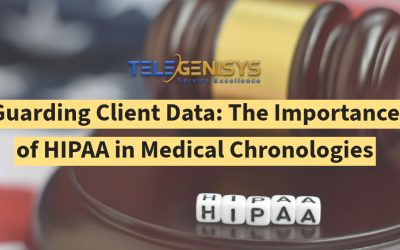

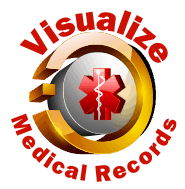

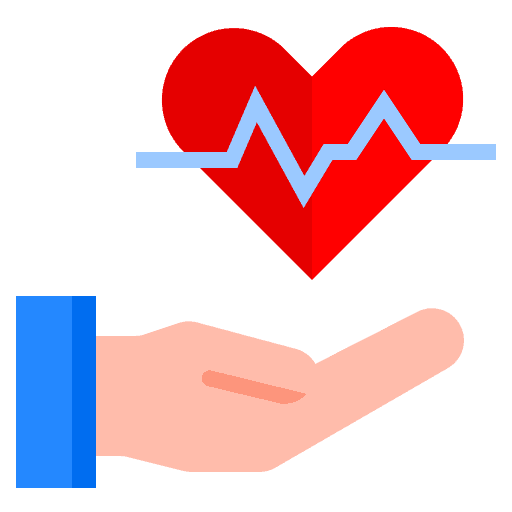





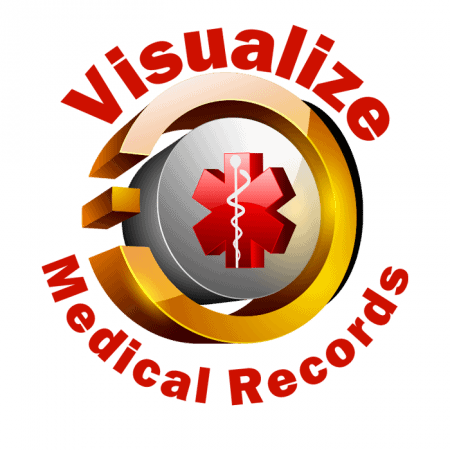
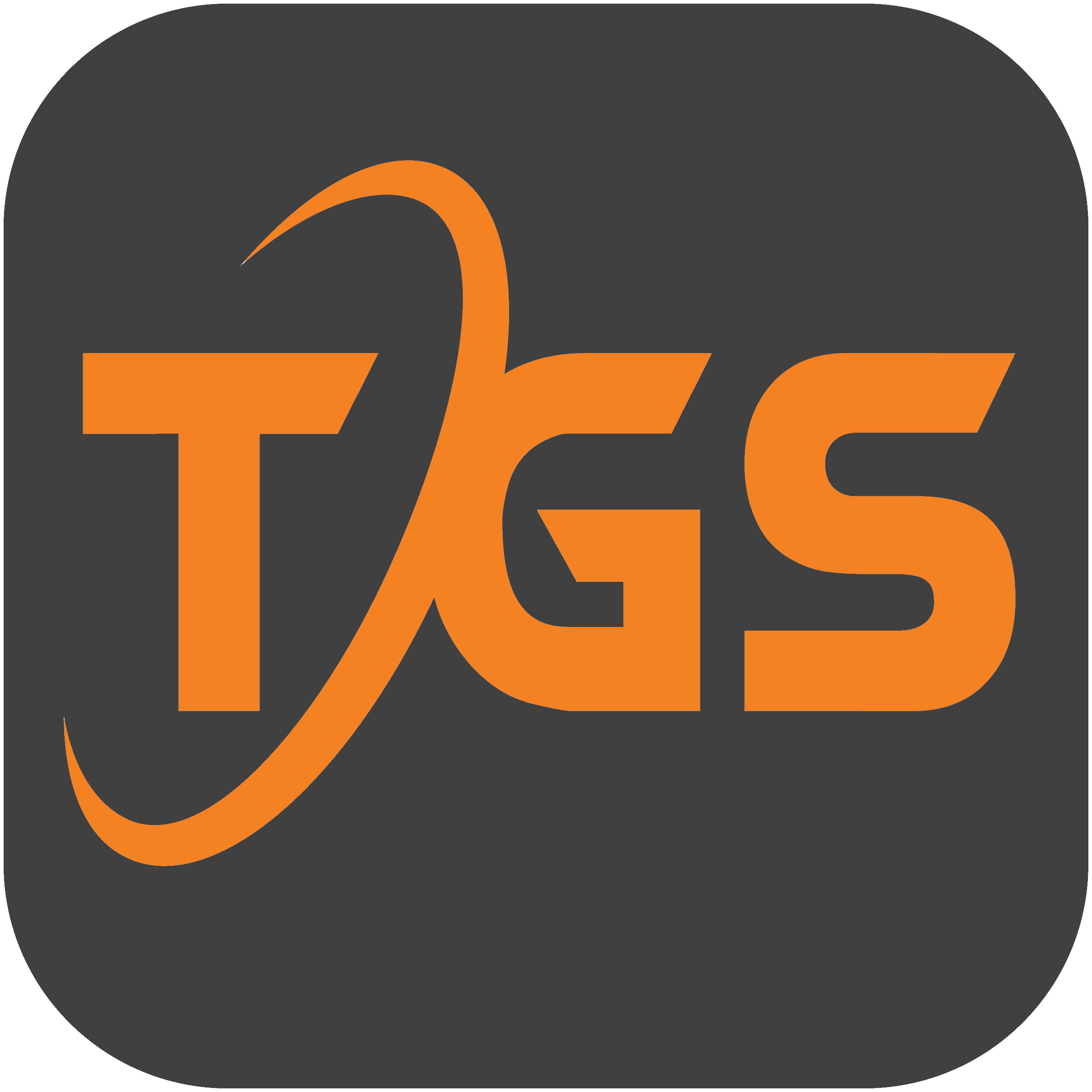
0 Comments